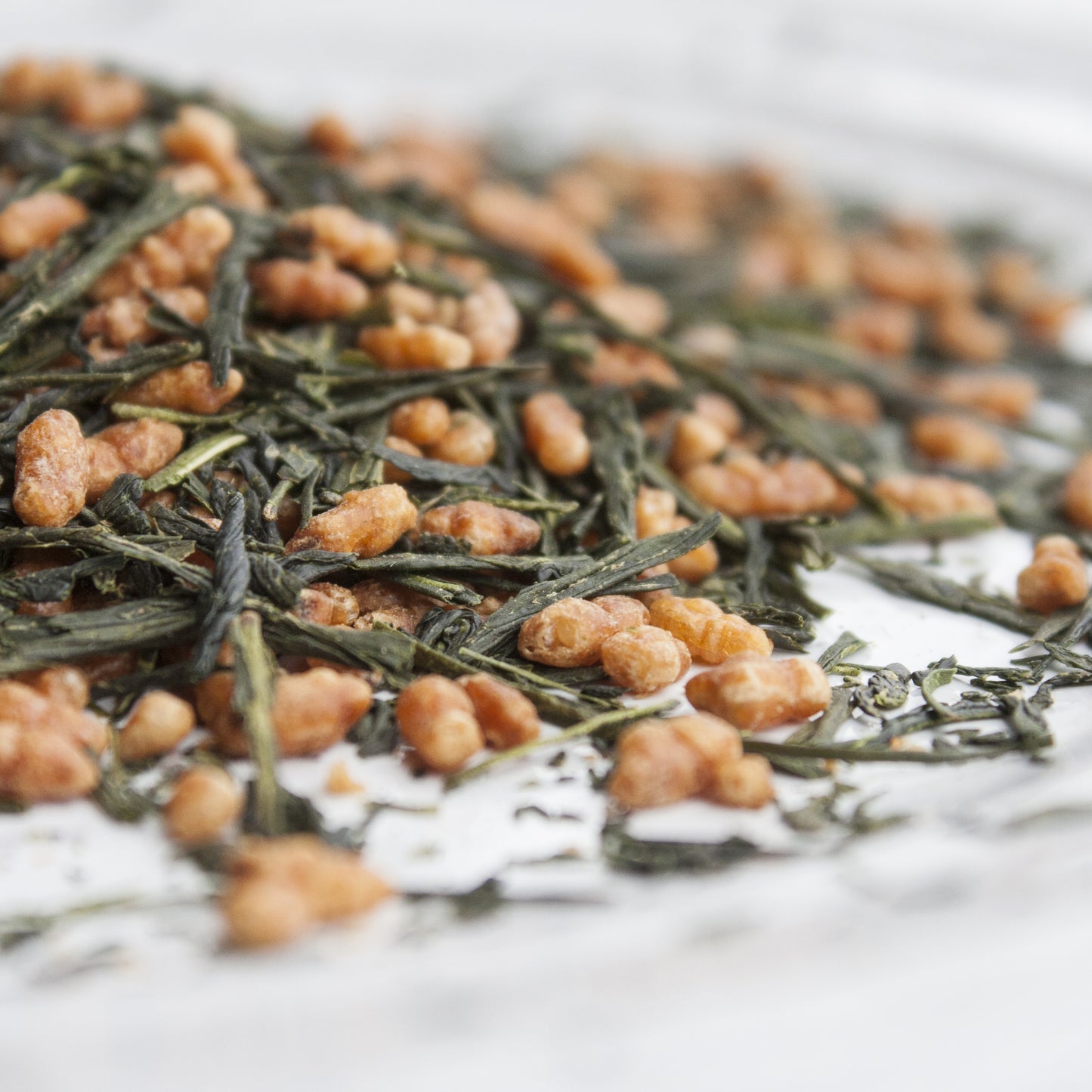
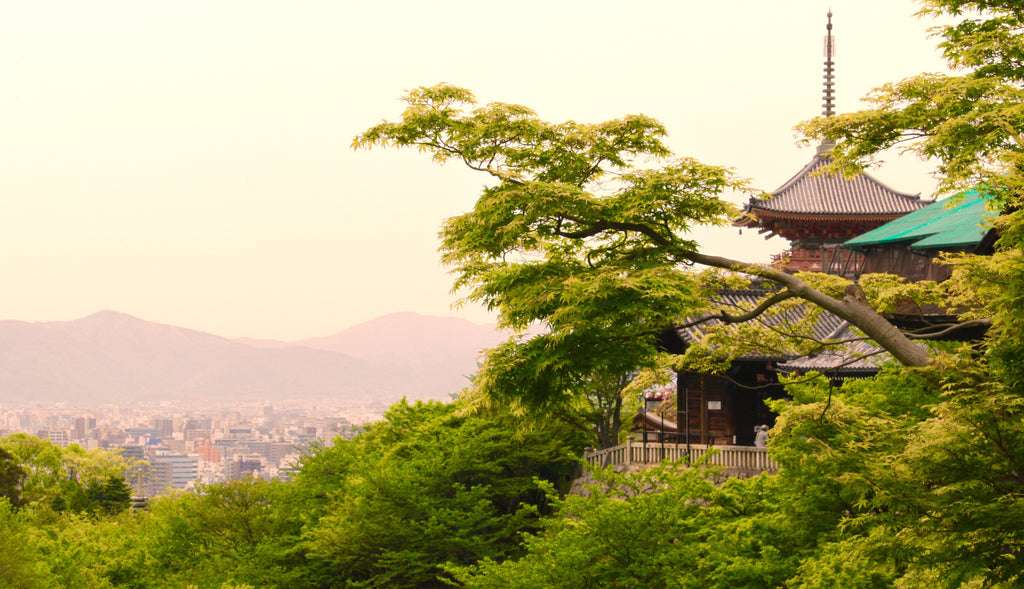
In ancient Japan, the common people stretched their tea supply by adding toasted brown rice, which was in abundance. The combination of umami-rich sencha (Japan's spring-harvested, steamed green tea) and nutty toasted rice was so adored that it has become a traditional style of tea known as genmaicha, "brown rice tea." Today, it is a popular taste of old Japan, sometimes made with the finest sencha.
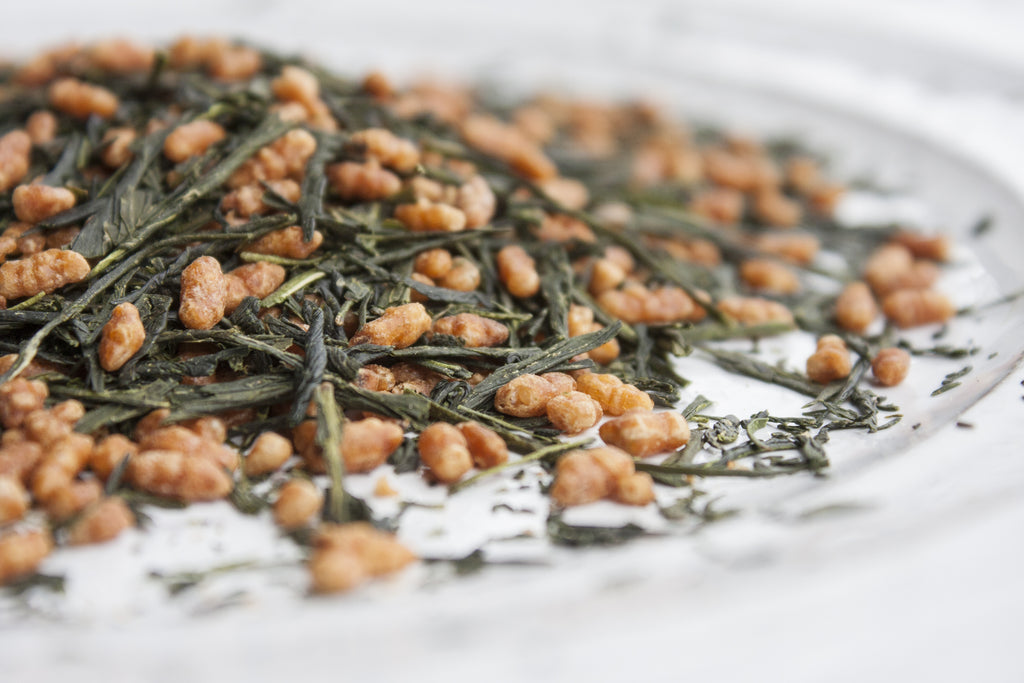
My favorite genmaicha is from Japan's southernmost tea growing region, Kagoshima. It has a particularly rich taste reminiscent of sweet potato and fresh grass and a delicate, exotic aroma that reminds me of incense, in a really good way. The cup is full-bodied, clean, savory and satisfying. It is the perfect tea to drink with any kind of Japanese food.
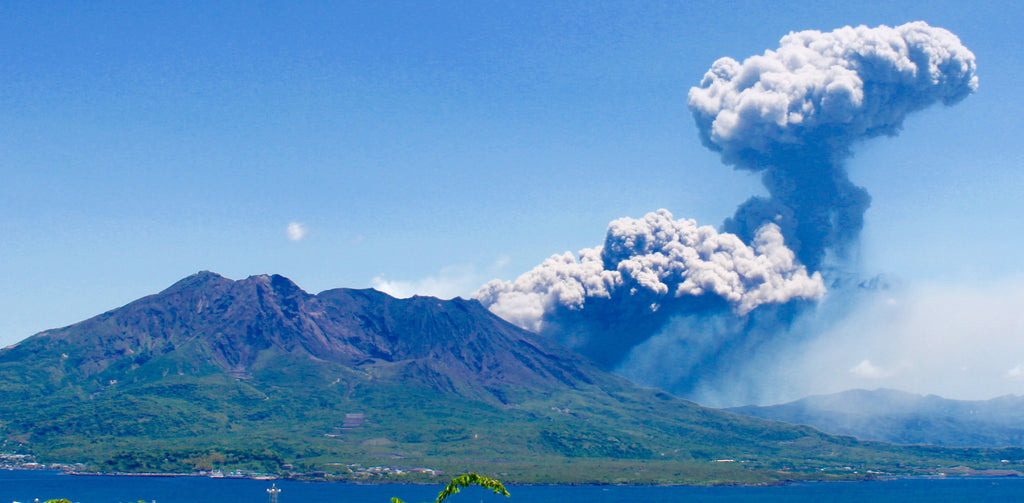
The unique taste of the genmaicha from Kagoshima has to do with preparation and terroir–one of the world's most active volcanoes is in Kagoshima. Mount Sakurajima, "cherry blossom island", erupts frequently, throwing mineral-rich volcanic ash over the land, adding nutrients and a rich, umami taste to the tea.

To further intensify the taste and nutrient-density of the tea, the tea plants in Kagoshima are shaded for a week or so before harvest to keep them from photosynthesizing. The result is a vibrant, almost blue-green tea that is exceptionally rich in chlorophyll, amino acids and catechins, the antioxidants associated with tea's reported metabolism-boosting and cancer-fighting properties.
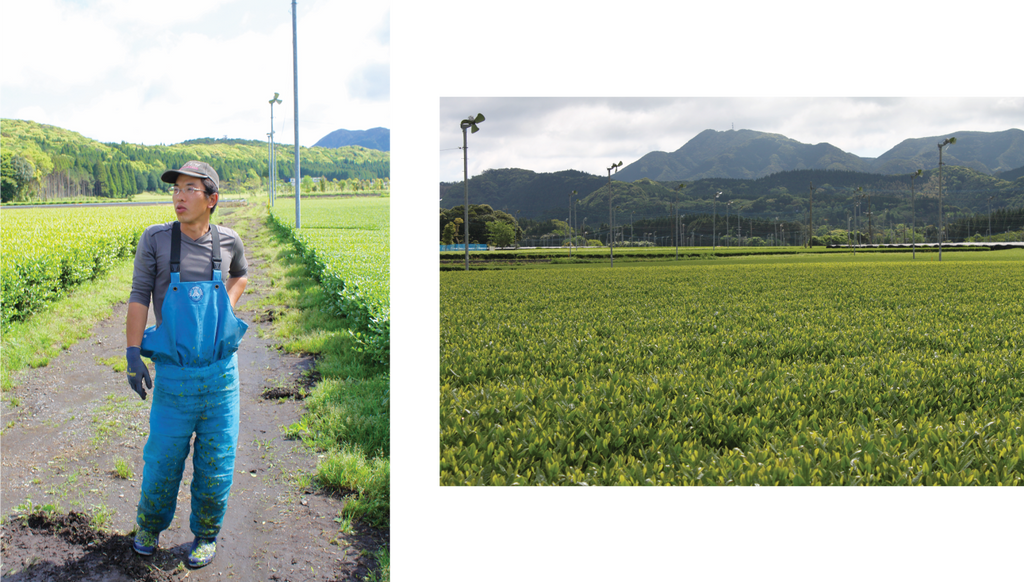
On top of this, the organic tea farmers I work with at the Bio Farm in Kagoshima use indigenous cultivars like Yutaka Midori and Hatsumomiji for a taste profile unlike anything else in the world.
